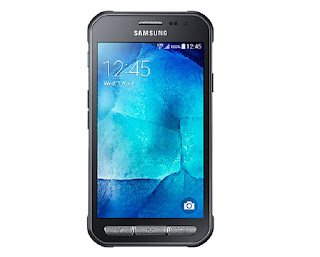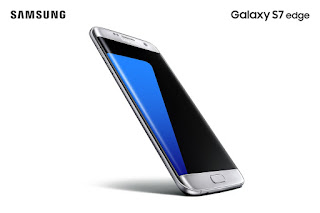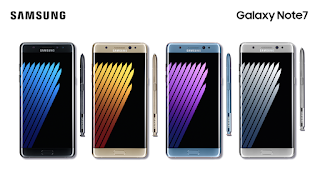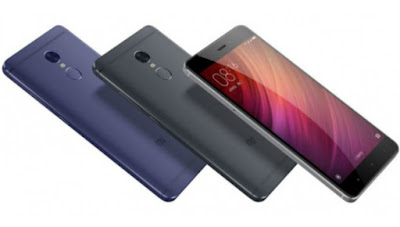Now, the latest information we have at hand talks about the device’s form factor and the metal used in it. An Android Headlines report shows off some leaked images of the purported Meizu Pro 7, and suggests that the device would be made out of titanium alloy. Which means, the new metal would replace the aluminum in the smartphone’s build, and contribute to the strength and sturdiness of the device.
Moving on to the leaked images, they are not exactly in line with what was expected after the previous leaks. These images rather show off a device, which looks quite a lot like the Meizu Pro 6 and Pro 6s, sans the Galaxy S7 edge-like dual-curve display. Additionally, if the leak is to be believed, the Meizu Pro 7 will feature a 5.7-inch 4K display, and a 12-megapixel camera sensor on the rear. Also, the rear camera unit will be powered by Sony’s IMX362 sensor, which comes with a 1.4um pixel size.
Also, the leak reveals that the Meizu Pro 7 will come in three variants based on their RAM, which means there will be 4GB, 6GB, and 8GB RAM variants, all of which will feature 128GB of internal storage. Under the hood, the Meizu Pro 7 is expected to be powered with MediaTek’s Helio X30 64-bit deca-core processor.
Additionally, from what the publication believes, these images leaked on Anzhou could be a leak of Meizu’s official marketing material, as these images resemble the company’s usual promo shots for their devices. However, since Meizu hasn’t officially announced anything, we recommend the essential pinch of salt.
The leak also reveals the expected price point of the 8GB RAM variant of the Meizu Pro 7, which is 3,799 Yuan (about Rs 38,000). On the other hand, earlier leaks have hinted that the Meizu Pro 7 would come with 6GB of RAM and storage options of 64GB and 128GB, in which case, 6GB + 64GB variant was expected to be priced at RMB 2,699 (Rs 26,700 approximately) and the 6GB + 128GB variant was estimated to be priced at RMB 3,099 (Rs 30,700 approximately).


























